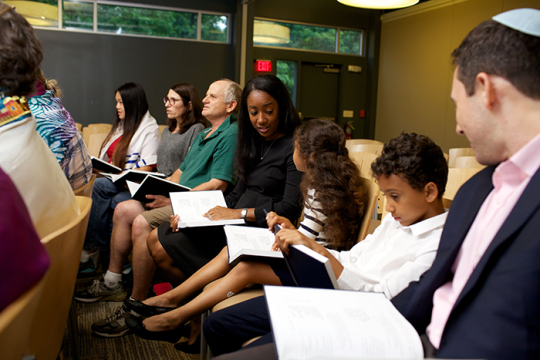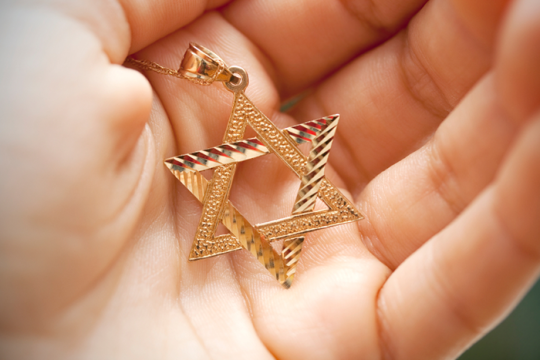
Growing up in Southern Virginia, I was one of the only Jewish students in my public school. Although my brother had to fend off misguided children, who occasionally called him “Christ Killer,” I was dubbed “Hanukkah Person” for my love of the colorful candles, the chocolate coins wrapped in gold foil, and, of course, the presents, which, in our home, often were real coins – the silver dollar variety.
For good reason, no one ever called me “Purim Person.” The ear-splitting sound of whirling groggers often triggers a migraine, hamantaschen stuffed with mysterious dark jellies turn my stomach, and, with no offense intended to our Purim heroes, I would count few of them among my friends – except maybe Vashti who refused to dance in front of the king and his buddies.
Purim is a holiday of excesses and extremes that revolves around feasting, drinking, seeking vengeance on enemies, subverting our everyday identities, and pushing boundaries of temperate behavior. For someone like me, who thrives on control, order, quiet reflection, and decorum – especially in synagogue – Purim can be troubling and uncomfortable.
According to the Vilna Gaon, an 18th-century scholar whose name is synonymous with brilliance, Purim is more than a wild pre-spring ritual. In fact, its unlikely mirror image is Yom Kippur. Fold the Jewish calendar in half, back up six months, and you will land on the holiest day of the year. Indeed, some people interpret the “K” in Yom Kippur to mean like or as, meaning that Yom Kippurim can be understood to mean “a day like Purim.”
So, how are Yom Kippur and Purim similar?
Yom Kippur is all about improving the soul, giving charity, repenting for transgressions and failures, and asking for forgiveness. On the Day of Atonement, Jews subvert their bodily needs to focus on a rebirth of the spirit and individual redemption.
By contrast, Purim focuses on the body, food, clothing, parties, and the world of the physical. The message of the Scroll of Esther may be one of chance and the reversal of fortune, but ultimately, Purim celebrates the redemption of all the Jewish people through acts of charity and organizing defense forces.
In the Talmud (Pesachim 68b), the rabbis explain that Jewish holidays focus on both service to God and human enjoyment and relationships. Yom Kippur and Purim diverge from this pattern with the Day of Atonement concentrating on the Divine and thoughts about life’s meaning, while Purim centers itself primarily on matters of the body. Understanding the polar nature of these two holidays, the rabbis were intrigued to pair them up, seeking to create a renewed sense of balance and order.
Even as I gravitate toward quiet predictability, maybe this is the year for me to follow the Vilna Gaon’s example and embrace Purim. After all, if Purim and Yom Kippur are twins – one yin, the other yang – Purim, amidst all the joy, frivolity, and merriment around the miracle of our survival, must contain a deeper component.
Maybe the Vilna Gaon understood the irony that in the hunger and physical deprivation of Yom Kippur, we, in fact, think quite a bit about our bodies. On Purim, a day of physical pleasures, we can, on the other hand, ponder what it means to be deeply joyful, having emerged intact from another winter, survived Haman’s edict, or overcome whatever foes stalk us.
In the Talmud (Avodah Zara 3b), we learn that God dedicates an hour each day to divine laughter. On Purim, singing songs, donning costumes, and delivering gift baskets to friends are ways we can make time for our own laughter. By nestling pieces of Yom Kippur and Purim together in a perfect tessellation, we will make our spirits whole through laughter, helping to bring joy and peace to the world.
This year, perhaps I will join those around me, twirling a noisemaker and stomping my feet in joy at the forthcoming warmth and sun, and the demise of Haman. Together, we will curse the bad guys and become reacquainted with our heroes. The villains will be vanquished, and winter’s grip will loosen as rebirth and spring take hold. Once again, Esther and Mordechai will triumph, and we will unearth the heroic impulses within us.
Related Posts

18 Jewish Reads for Tweens and Young Adults

Let Kids Read Books During High Holiday Services

